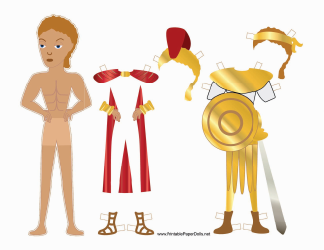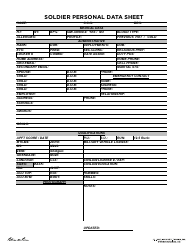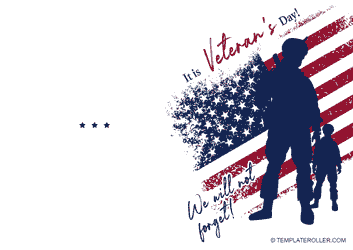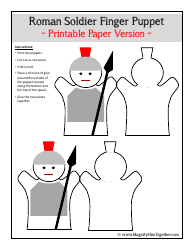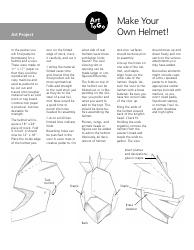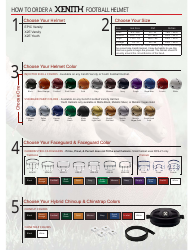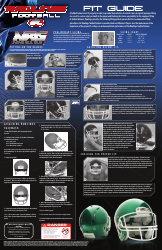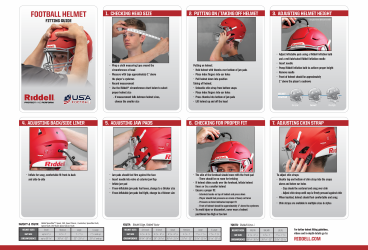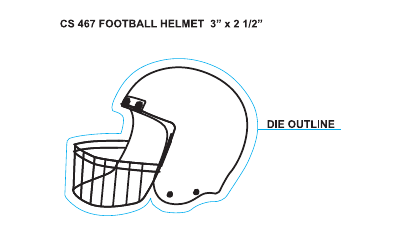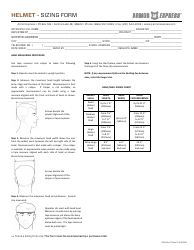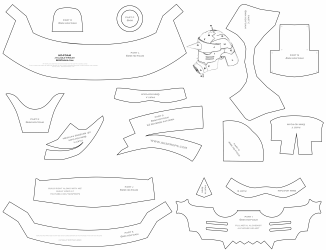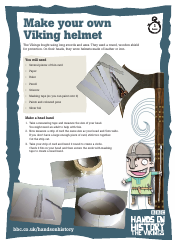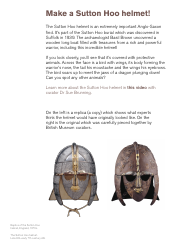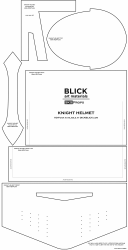Norman Soldier's Helmet Template
The Norman Soldier's Helmet Template is typically used for educational or craft purposes. Mainly, it's used to create a paper or cardboard model of a Norman Soldier's helmet. This can be particularly useful in schools during lessons about the Norman Conquest of England in 1066, offering a hands-on activity for students to better understand the historical period. This can also be a popular project for history enthusiasts or those participating in reenactments or costume designing. Please note that the design may not be entirely accurate given variances in historical records, but it gives a general idea of what the helmets looked like.
The Norman Soldier's Helmet Template is typically filed by history enthusiasts, educators, or costume designers looking to recreate a historically accurate Norman helmet. It is not specific to any country's document filing system.
FAQ
Q: What is a Norman Soldier's helmet?
A: A Norman Soldier's helmet, also known as a nasal helmet, was a type of helmet worn by soldiers in the Norman Army during the 11th and 12th centuries. It was characterized by its conical or rounded shape and a protective piece, the nasal, which extended down to protect the nose.
Q: What is a template in this context?
A: In this context, a template refers to a guide or pattern used to create a replica of a Norman Soldier's helmet. It often includes details such as measurements and materials needed.
Q: How can I use a Norman Soldier's helmet template?
A: A Norman Soldier's helmet template is often used in crafting or reenactment projects. By using the template, you can recreate a historically accurate representation of a helmet worn by the Norman Army.
Q: What was the purpose of a nasal on a Norman Soldier's helmet?
A: The nasal on a Norman Soldier's helmet served to protect the wearer's face, especially the nose, from attacks. It was an extended piece of metal at the front of the helmet.






